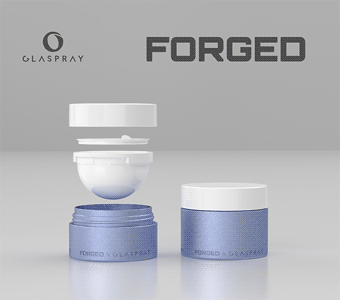
After more than a year and a half of concerns, the fragrance industry eventually knows what are the new European Commission’s proposals regarding the protection of consumers from potential fragrance allergens: some substances will be prohibited and others will have to labelled.
Consumers protection
At the origin of the strong worries within the perfumery community was the opinion of the Scientific Committee on Consumer Safety (SCCS) dated 26-27 June 2012. The SCCS then recommended
– To add more than 50 fragrance components to the current list of 26 allergens that must be labelled on cosmetic products
– To limit the concentration of substances of special concern (twelve single chemicals and eight natural extracts) at 0.01% or 100 ppm in cosmetic products in order to prevent elicitation for the majority of individuals.
Another cause for concern for perfumers: the SCCS recommendation to ban certain substances, some of them being used for years and in a huge number of perfumes.
Eventually, the Commission proposals fall short of the SCCS recommendations, while being in line with its main axes:
– The three substances which were found to be unsafe (HICC, atranol and chloroatranol) should be banned from cosmetic products, through the revision of Annex II of the European Cosmetics Regulation (EC No. 1223/2009).
– Additional allergens should be mentioned in the list of ingredients, in addition to the words ‘parfum’ or ‘aroma’, when their concentration exceeds 0.001% in leave-on products and 0.01% in rinse-off products.
Thus, tree mosses should not be prohibited, but will have to be purified so as not to contain prohibited molecules.
| Here below, the proposed amendments of Annexes II and III of the European Cosmetics Regulation: |
Regarding the twenty substances of “special concern”, the Commission does not provide direct answer but opens the door to the adoption of thresholds, using the QRA approach. [1]
IFRA welcomes proposals
“We broadly welcome the proposed measures,” said Pierre Sivac, President of the International Fragrance Association (IFRA). “The Commission has devoted a great deal of effort to assess all the aspects of this issue and we think that the measures are relevant and will be effective.”
However, IFRA says to be concerned that the extension of the current labelling of allergens “may not improve the level of information for consumers already sensitized.” The organisation, which represents the fragrance industry, considers that combining meaningful labelling and additional information through a website could have been more effective.
Next steps
The Commission’s proposals are now open for public comments. Interested parties, including EU Member States, manufacturers of cosmetic products, producers of fragrances and consumers associations, may send their comments by 14th May at the latest.
Taking the consultations into account, the proposed changes to the Cosmetics Regulation in the form of an implementing act will be subject to a vote by the Member States in the standing Committee on Cosmetics. Once the measures are approved by the Member States, the European Parliament and the Council will have three months to exercise their right of scrutiny. If the proposal is not opposed the formal adoption of those changes is expected at the end of 2014/beginning 2015.



































